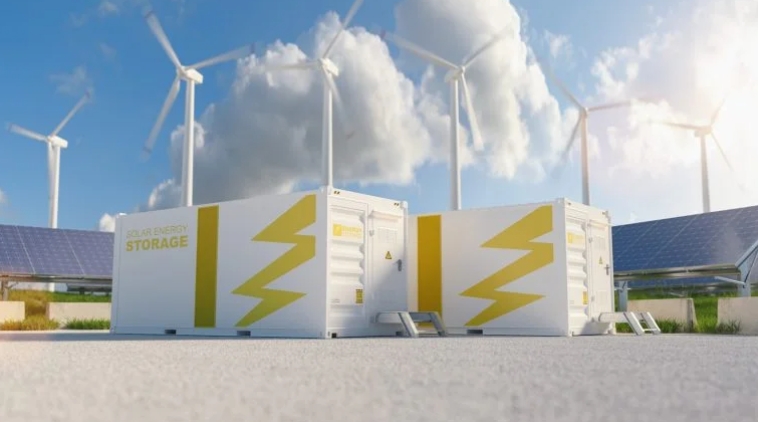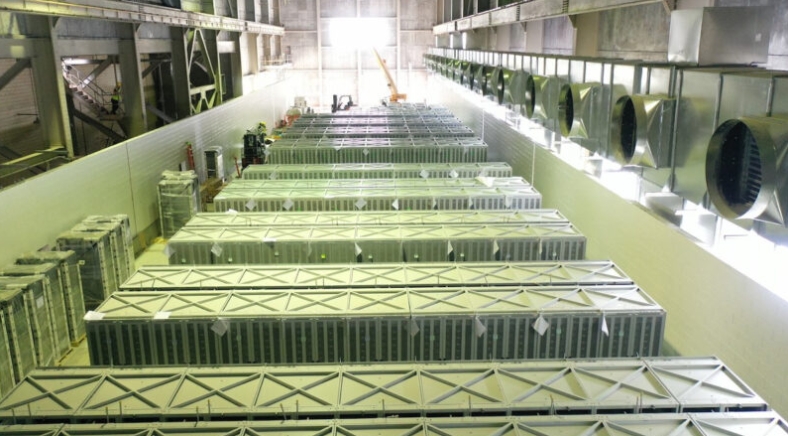So far, breakthrough of electric mobility has been impeded by insufficient vehicle ranges, among others. Lithium-ion batteries of increased charge capacity might help. "We are in the process of developing such high-energy systems," says Professor Helmut Ehrenberg, Head of the Institute for Applied Materials—Energy Storage Systems (IAM-ESS). "Based on fundamental understanding of electrochemical processes in batteries and by the innovative use of new materials, storage capacity of lithium-ion batteries may be increased by up to 30% in our opinion." At KIT, this research is conducted at the Center for Electrochemical Energy Storage Ulm & Karlsruhe (CELEST), the biggest German research platform for electrochemical energy storage. Ehrenberg is Deputy Spokesperson of CELEST.
High-energy lithium-ion technology differs from the conventional technology by a specific cathode material. Instead of layered oxides with varying ratios of nickel, manganese, and cobalt that have been used so far, manganese-rich materials with lithium excess are applied, which considerably enhance the energy storage capacity per volume/mass of cathode material. However, use of these materials has been associated with a problem so far.
During the insertion and extraction of lithium ions, i.e., basic functioning of a battery, the high-energy cathode material degrades. After a certain time, the layered oxide transforms into a crystal structure with highly unfavorable electrochemical properties. As an undesired consequence, the average charge and discharge voltage decreases from the very beginning of the process, which has prevented the development of suitable high-energy lithium-ion batteries so far.
New Findings about Degradation
The exact degradation mechanism was far from being understood completely. A team of researchers of KIT and cooperating institutions has now described the basic mechanism in Nature Communications: "Based on detailed studies of the high-energy cathode material, we found that degradation does not take place directly, but indirectly via the formation of a so far hardly noticed lithium-containing rock-salt structure," says Weibo Hua (IAM-ESS), one of the main authors of the study. "In addition, oxygen plays an important role in the reactions." Apart from these results, the study also reveals that new findings about the behavior of a battery technology do not necessarily have to result directly from the degradation process. Weibo and the other scientists involved made their discovery in studies carried out while synthesizing the cathode material.
These findings of KIT mark an important milestone on the way towards high-energy lithium-ion batteries for electric cars. They enable tests of new approaches to minimizing degradation in layered oxides and starting the development proper of this new battery type.







